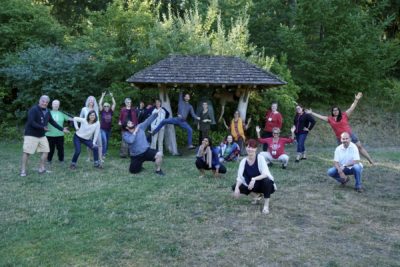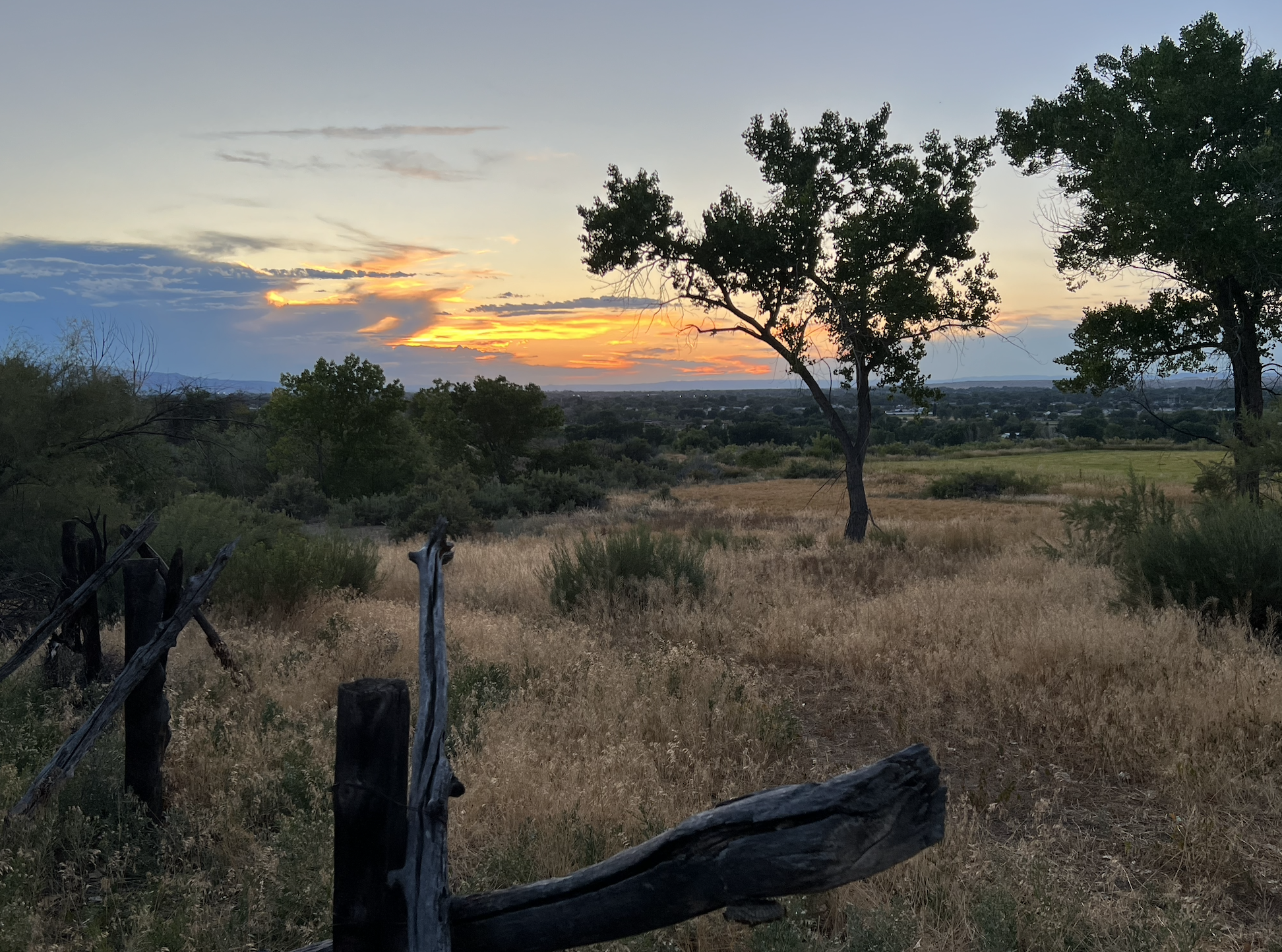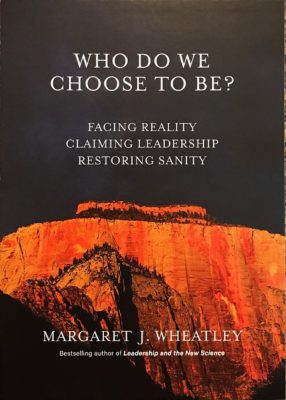I am but a simple Canadian boy.
I grew up in the prairies of Alberta, nestled in what was the outskirts of urban Edmonton life in the 1960s. I loved sports. My Dad was my baseball coach for a few years. My Mom taught tap-dance after school to neighborhood kids in our basement. I had one sibling; my sister was 20 months older and two school grades ahead of me. I liked school. Math in particular. I loved times tables. I loved recess even more. I had crushes on girls. In fifth grade I asked one if I could carry her books home for her. It took me weeks to muster enough courage to ask. My first kiss came at summer camp. Different girl.
There was a time in my youth, beginning about age nine, that I started grasping for certainties that of course didn’t exist. I didn’t know I was doing that. And I didn’t want to know that certainties didn’t exist. It was my wound, a wound that I tell myself that many of us have, that had me fabricating circumstances through which I might feel a semblance of control. Through which I might feel that I was OK. Kids don’t know these things. Generally. They just adapt marvelously, and if lucky, later come to understand and empathize with some of the “why,” turning the wound into wisdom.
Control. Safety. For me, with hockey stick in hands, I’d shoot tennis balls against the basement wall to see how many times out of ten I could hit the dancer’s rail of my mom’s tap-dance studio. It was just me, the stick, and the ball. Or, racket in hand, and by myself, I’d bounce ping pong balls against Grandma and Grandpa’s basement wall, recording the number of times that I could do it without missing or breaking the rhythm, always seeking a new record high. Hmmm…, there was comfort in the basement. And then there was jogging further or faster to beat my personal bests, or sometimes, those around me. There were personal bests for doing more situps and pushups. There was seeking approval through chores accomplished — “yes, I mowed the lawn AND weeded the garden.” There was working harder and faster at my first job, the IGA grocery store.
Nobody wants to feel the wound again. Nobody wants to feel the pain of the wound again.
I was a kid. I’m coming to realize how the wound shaped me. Yes, there was pain and suffering. I coped. I tried to cope. I buried most of it, even with good people helping me. I sought validation because it was the only thing I knew to do, as a simple Canadian boy, to cope with what would take me forty years to even begin to understand more substantially and with some surprised awe.
It’s quite a thing to see the layers come off. Grown to man, I now can see more clearly, that I just didn’t want to hurt. I just wanted to feel that it was safe, again, to expect, what I would now call, unapologetic and unrestrained joy. What I would now call vibrancy and life, without subconscious fear of loss.
Maybe not so simple. But learning to see more simply. And to feel.


